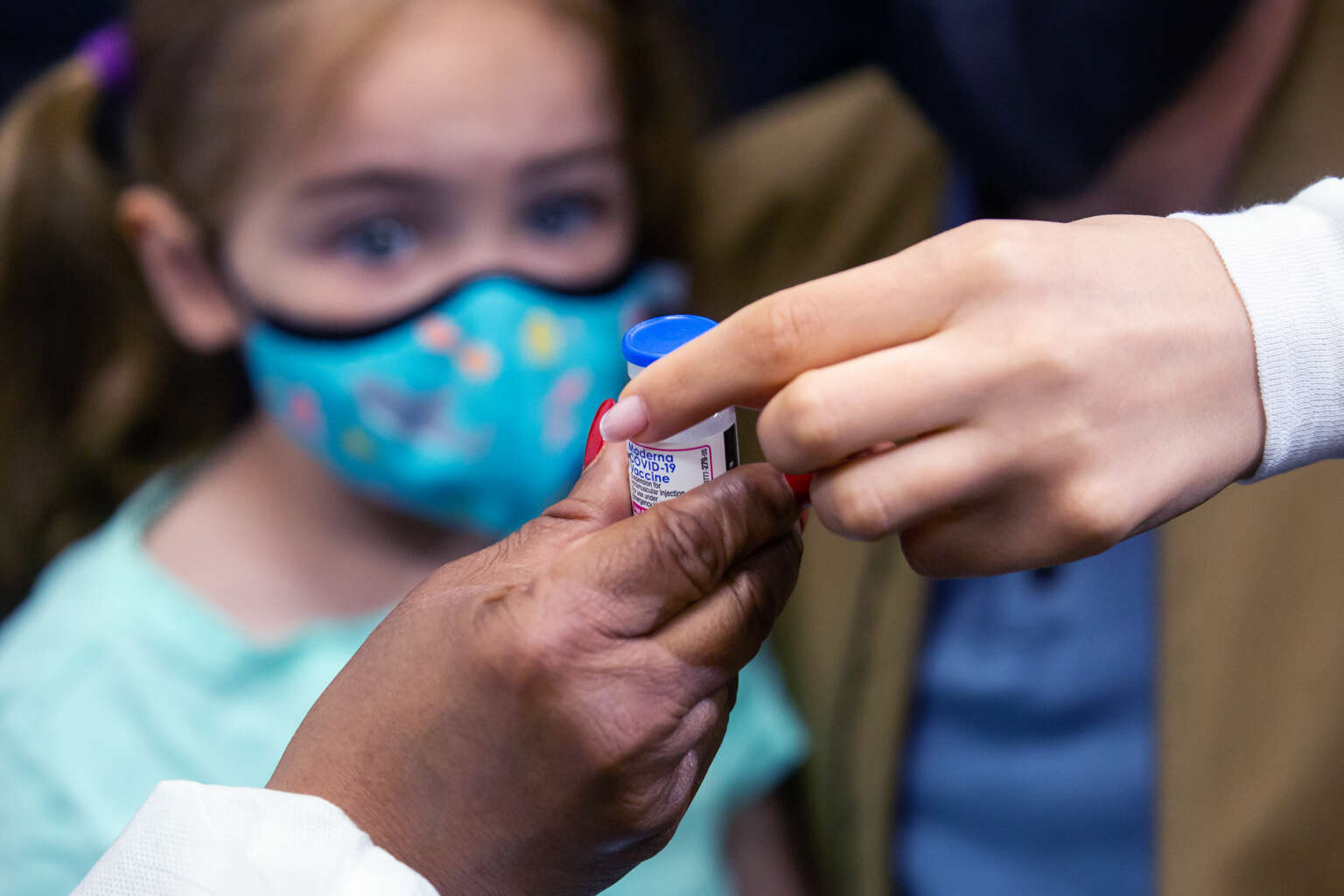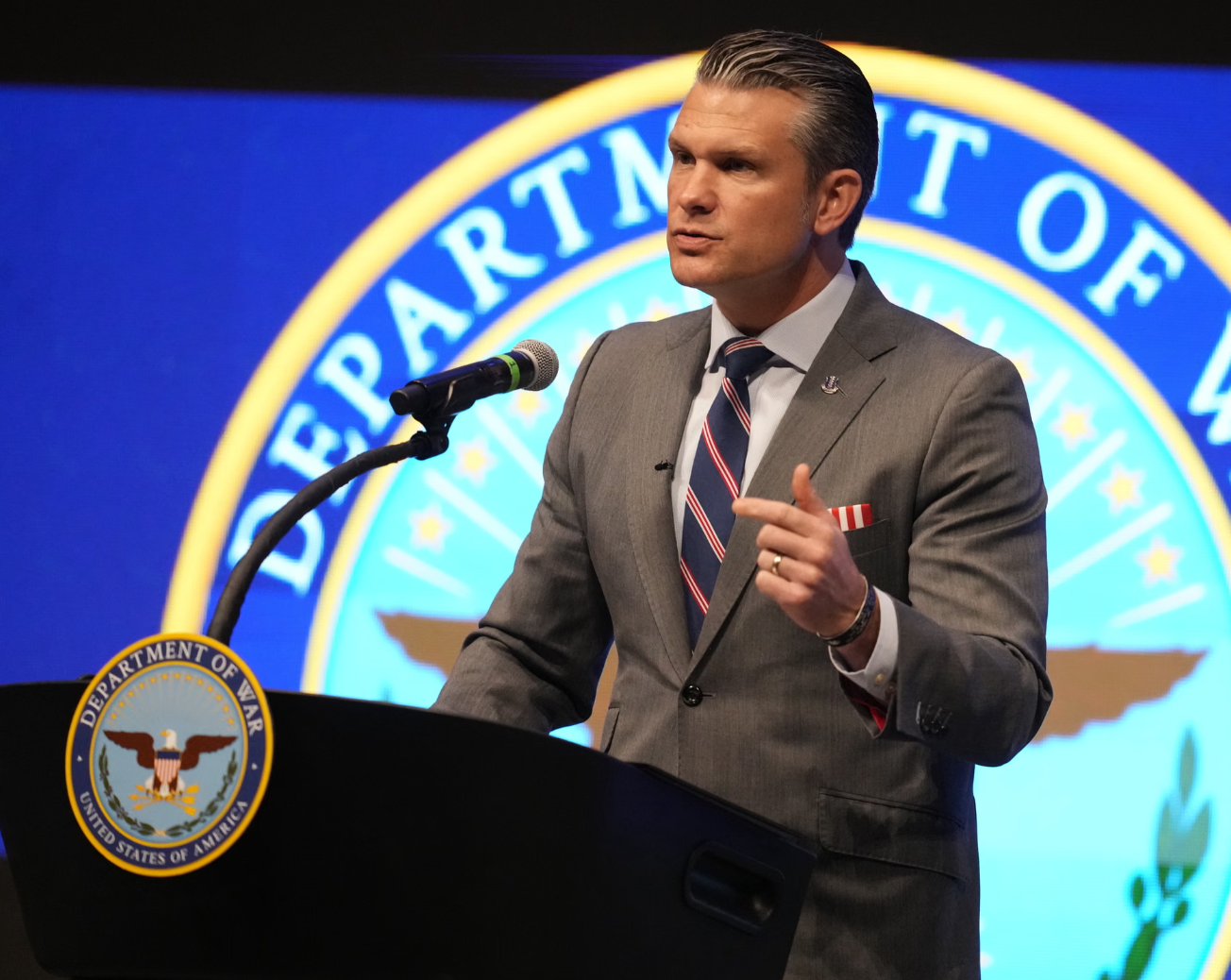GOP efforts to end pandemic emergency orders early would create “wide-ranging chaos” across the health care system.
The Biden administration is bracing for disruptions across the health care system as federal COVID-19 pandemic emergency orders expire this spring, leaving patients facing new out-of-pocket costs and putting millions of adults and children at risk of losing health insurance coverage.
The White House plans to extend until May 11 a pair of emergency orders originally issued by the Trump administration in 2020, and President Joe Biden would veto any legislation aimed at declaring an end to the national public health emergency before May 11. However, conservative House members are pushing for a vote on two pieces of legislation that would abruptly terminate both the public health emergency and national emergency orders, which expand the federal government’s power to respond to COVID.
In a statement on Monday, the Biden administration warned that the Republican-backed legislation would create “wide-ranging chaos” across the health care system and put tens of millions of people at risk of abruptly losing health coverage.
For MAGA Republicans in the House, pushing “pandemic is over” legislation that would be dead on arrival in the Senate is an easy way to score points in conservative media and among their constituents, not a serious policy proposal.
However, there will be significant changes after the public health emergency orders expire. The government will stop paying for free vaccines and COVID tests, for example, and states will begin checking the eligibility of Medicaid enrollees and dropping those who no longer qualify for subsidized coverage.
Experts say hospitals, nursing homes, state health systems and potential patients need to be preparing now for massive changes to Medicaid, which Congress infused with billions of federal dollars to ensure that its lower-income enrollees would not lose health coverage during the height of a global pandemic.
Under special rules enacted by Congress, states were barred from dropping people from Medicaid rolls during the pandemic, but that safety net will disappear when the emergency orders expire. About 40 million children receive health coverage through Medicaid or the Children’s Health Insurance Program, and researchers at Georgetown University estimate that at least 6.7 million children are at considerable risk of losing their health coverage and “becoming uninsured for some period of time.”
Adults and parents enrolled in Medicaid should pay close attention and be prepared to explore other health coverage options, such as employer coverage, Medicare or an Affordable Care Act Marketplace plan, according to Louise Norris, a policy analyst for the consumer advocates at Healthinsurance.org.
“Everyone with Medicaid will have their eligibility re-checked during the 12-month period that starts in April, and although most enrollees will remain eligible for Medicaid, millions will not,” Norris said in a statement.
Eligibility for Medicaid is determined by income, and 40 states expanded Medicaid under the Affordable Care Act to cover adults with incomes up to 138 percent of the federal poverty line, which remained at a measly $17,774 per year as of 2021. Eleven Republican-led states — including populous states, such as Georgia, Texas and Florida — have not expanded the Medicaid program, and red states will likely move more aggressively than blue states to purge Medicaid rolls after the public health emergency expires.
That means millions of people who switched jobs or got a pay raise during the pandemic will no longer be eligible for their health coverage and may not know it yet. Federal spending legislation passed in December notified states that they could begin disenrolling people from Medicaid as early as April 1, Norris said, but states are taking different approaches to renewing health plans and dropping recipients who are no longer eligible.
The White House said Congress also enacted a “critical wind-down” of special pandemic rules for Medicaid, which is largely funded by the federal government but administered by states. The wind-down period is designed to prevent patients from losing health coverage “unpredictably” and state governments from suddenly facing a budget cliff, according to the White House Office of Management and Budget (OMB).
In an interview, Norris said the federal rules provide guardrails to prevent states from dropping Medicaid enrollees in large numbers all at once. All the data on disenrollment will be made public and reported to federal watchdogs, Norris said. In some states, certain recipients will not receive their renewal letter until later this year.
However, if Republicans are able to forcibly pass their “pandemic is over” legislation, it would create massive uncertainty around this wind-down process and put states at risk of losing billions of dollars in federal funding for health care. According to a statement from the OMB:
Due to this uncertainty, tens of millions of Americans could be at risk of abruptly losing their health insurance, and states could be at risk of losing billions of dollars in funding. Additionally, hospitals and nursing homes that have relied on flexibilities enabled by the emergency declarations will be plunged into chaos without adequate time to retrain staff and establish new billing processes, likely leading to disruptions in care and payment delays, and many facilities around the country will experience revenue losses.
Even with the “wind-down” period in place to ease the transition for states, hospitals and patients, the end of the public health emergency will still send shockwaves across the health system. The United States may be unraveling its pandemic-era emergency safety net, but the World Health Organization still considers COVID-19 to be a public health emergency on a global scale. Millions of adults across the country continue to suffer from longterm COVID symptoms, and many of them are unable to work.
As states begin to cull their Medicaid rolls, potentially forcing millions of people to find new health insurance, other people will find themselves paying more out of pocket for COVID tests and treatments. Once the emergency ends, Medicare beneficiaries generally will pay out-of-pocket costs for at-home testing and all COVID drug treatments, and Medicaid beneficiaries could face out-of-pocket costs for COVID treatments, according to CNN.
While most private and public insurance plans will continue to cover the cost of vaccines and tests ordered by doctors — at least within their own provider networks — the federal government will no longer purchase and supply free vaccine doses. Drug makers have already announced that vaccines will be commercialized and sold for $110 and $130 per dose, a cost that will be absorbed by some insurance plans but passed down to the uninsured and underinsured, which will likely include families who lose Medicaid coverage.
Norris said Medicaid recipients should make sure their address is up to date with the program so notifications about health coverage are not delayed. The process of checking eligibility and purging the rolls will likely vary from one state to another, especially in red states, where conservatives may be eager to reduce spending by dropping patients from the program.
“People shouldn’t panic if they don’t hear from Medicaid if they know that Medicaid has their updated contact info; it just means that their renewal hasn’t come up yet,” Norris said.
Recipients should be on the lookout for letters, emails and text messages requesting information about their income and medical history and respond promptly, Norris said. It’s also a good time to check with employers about health coverage, especially if the employee waived job-based insurance to stay on Medicaid in the past.
Norris said Medicaid enrollees should find out as soon as possible whether they will qualify for Medicaid going forward. Other options are available if they lose Medicaid coverage, but there are crucial deadlines for enrollment. For example, an employee must apply for coverage through their job within 30 days of losing Medicaid coverage or wait until the company’s next open enrollment period.
“If you get that letter from Medicaid saying you are no longer eligible, know you can appeal that, but if it’s really cut and dry and you are not eligible, you need to be figuring out what your next coverage is right away,” Norris said. “You don’t want to delay on that at all.”
Truthout
Tags:COVID-19




